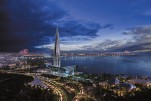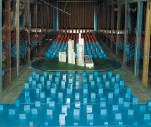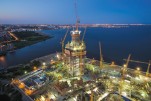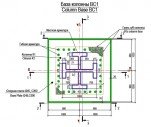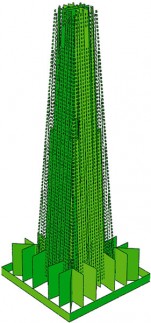(Issue of a magazine 1/2017, page 110)
The article prepared by INFORCEPROJECT company’s Chief Design Engineer and partner Dmitry Zelenov deals with the design process management and regulations, as well as peculiarities of structural solutions for high-rise buildings and calculations for high-rise structures in the USA. Thanks to the work experience acquired in Chicago, when the author of the article had a period of training in Halvorson and Partners (WSP business branch) as a part of the international cooperation and experience exchange program practiced in the company, he was engaged in the design of some local and global projects. He had an opportunity to study and compare regulations and technologies applied in Russia and the United States of America. The article will be interesting to Russian specialists who work on collaborative projects in high-rise construction.





